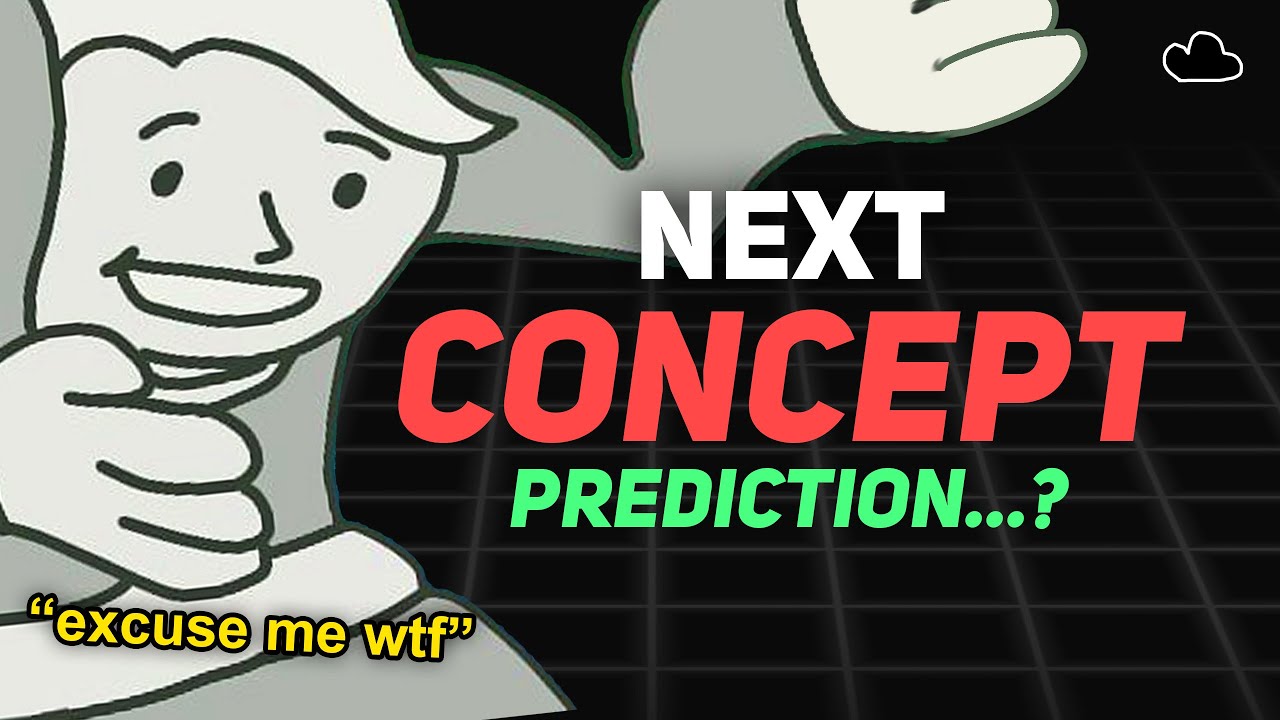The video explains Meta AI’s breakthrough with Large Concept Models (LCMs), which integrate concept-based understanding directly into AI architectures to enable more abstract, flexible, and coherent reasoning. This approach uses next concept prediction and interpretability tools like sparse autoencoders to improve model performance, reduce training costs, and allow for better long-term context retention and control over AI outputs.
The video discusses Meta AI’s latest research breakthrough called Large Concept Models (LCMs), which aims to enhance the way AI models think and generate language by moving beyond purely word-based understanding. Traditional language models are primarily trained on text, which limits their ability to think abstractly or conceptually. Recent research, including papers like Deep Seek, Huggin, and Coconut, has explored ways to enable models to simulate thinking or reason more effectively, but these approaches often involve adding external modules or tokens that don’t align with the model’s initial training focus. LCMs propose a foundational shift by integrating concept-based understanding directly into the model’s architecture, allowing for more flexible and abstract reasoning.
Meta’s approach leverages mechanistic interpretability tools, specifically sparse autoencoders (SAEs), to identify and interpret the internal neuron patterns associated with concepts within neural networks. During training, SAEs are used not just for interpretability but as an active component guiding the pre-training process. The model learns to predict the next concept in sequence, similar to next-token prediction, creating a continuous feedback loop where concepts influence token generation. This process results in a model that can generate outputs grounded in a coherent understanding of underlying concepts, making its reasoning more structured and controllable.
The Coco Mix paper introduces a novel training method called next concept prediction, which combines concept and token prediction. This method allows the model to predict both the next word and the next concept simultaneously, with the predicted concepts guiding subsequent token predictions. This setup acts like a structural support system, akin to steel beams in construction, providing the model with a “conceptual backbone” that maintains consistency and coherence in its outputs. The results show that this approach can reduce training token requirements by over 20% while improving performance across various benchmarks, especially in models up to 1.38 billion parameters.
One of the most exciting implications of LCMs is their potential to replace explicit instructions or system prompts with continuous, embedded concepts that guide the model’s behavior over long contexts. This means that instructions given at the start of a session can persist more reliably, reducing the problem of forgetting or losing context over time. Additionally, the research demonstrates that concepts can be steered across different models, allowing for flexible control of output styles and responses. The approach also opens the door for weak to strong supervision, where smaller models can generate concepts that guide larger, more powerful models, reducing the cost and complexity of training large AI systems.
Overall, Meta’s Large Concept Models represent a significant step toward more abstract, flexible, and controllable AI reasoning. By integrating concepts directly into the training process and enabling continuous concept guidance, this approach could improve multimodal reasoning and reduce reliance on explicit instructions. The research hints at a future where models can think more like humans—using abstract ideas rather than just words—potentially unlocking new capabilities in AI understanding and interaction. The video concludes with a call to follow ongoing developments and a promotion of related technical content available through the creator’s newsletter.
